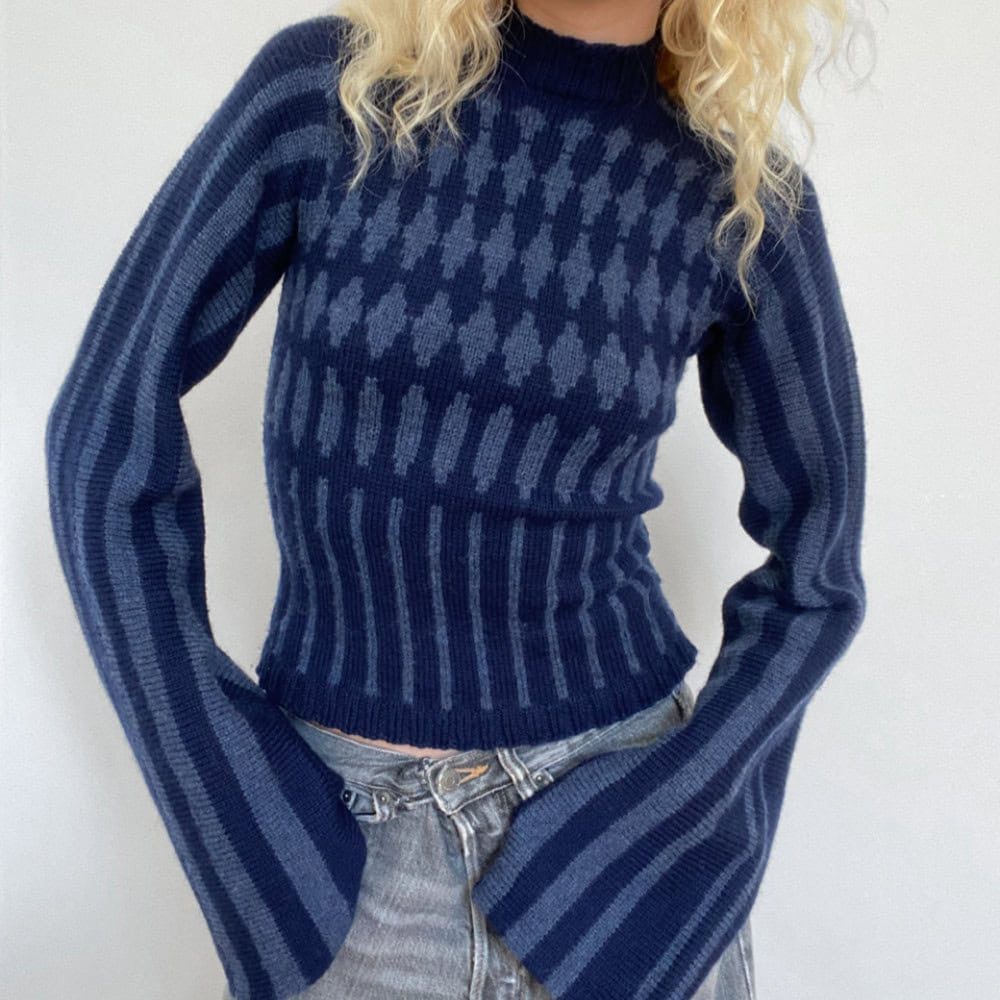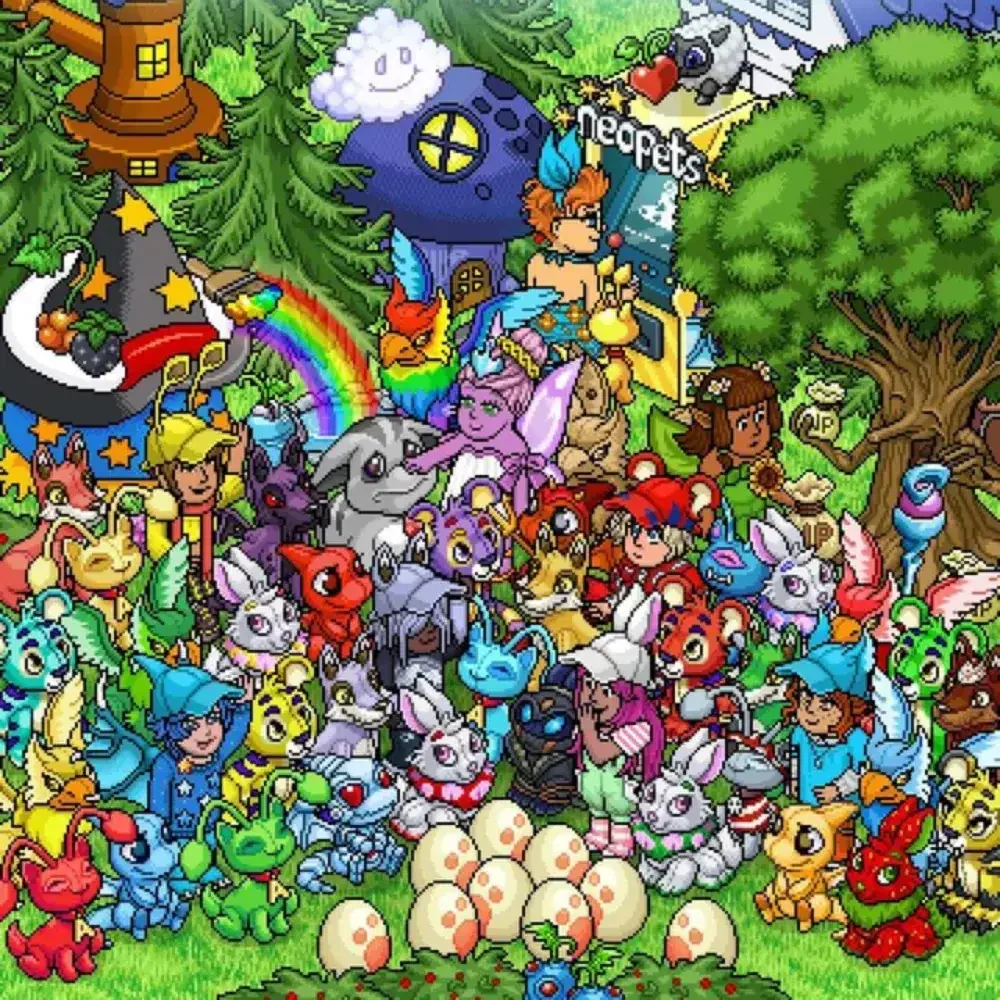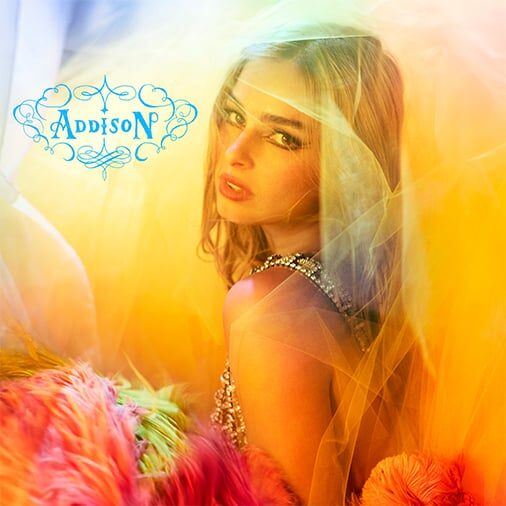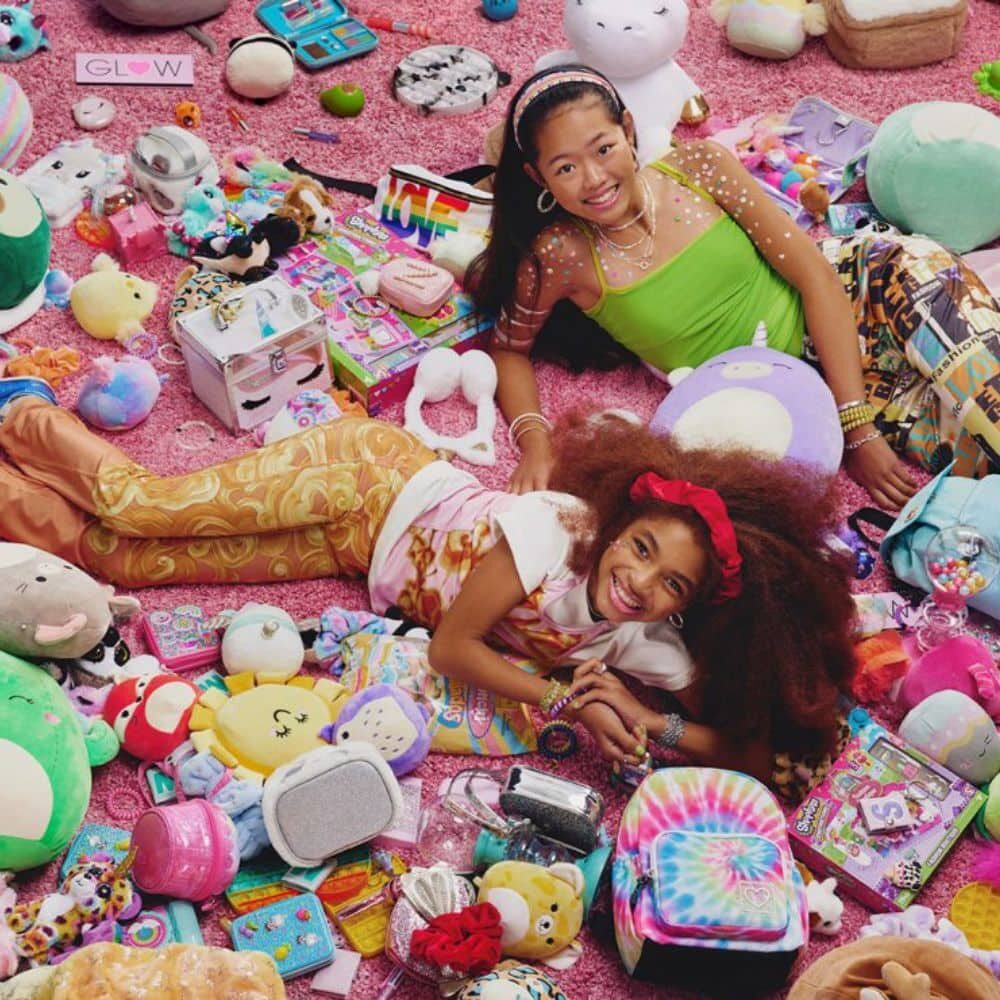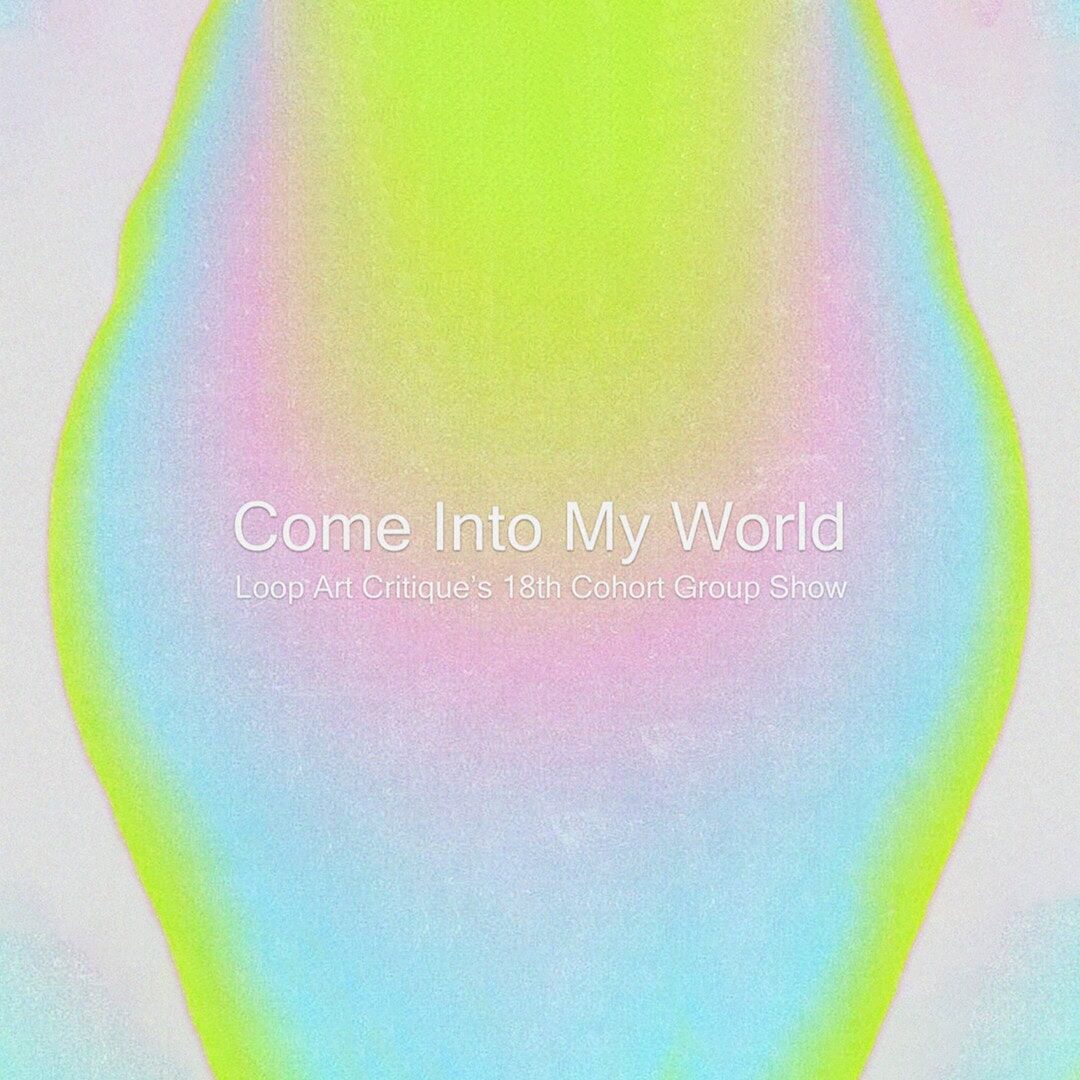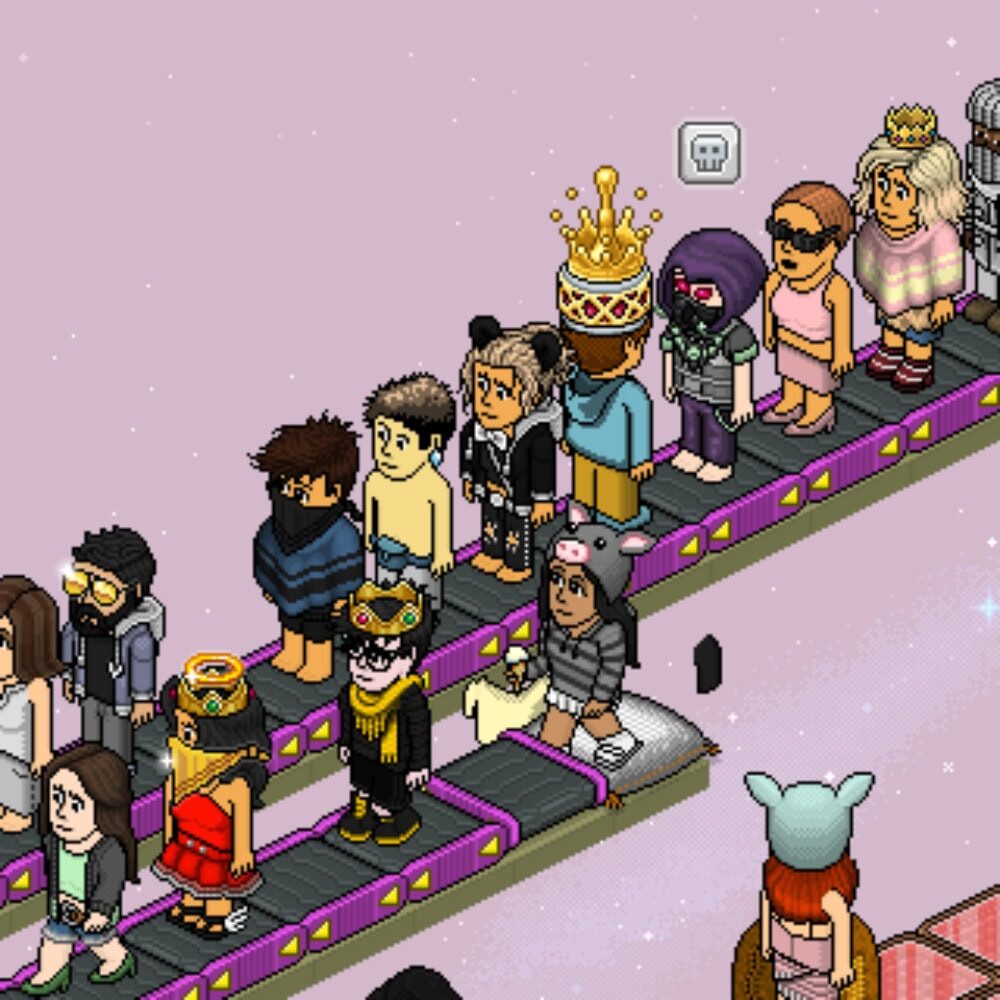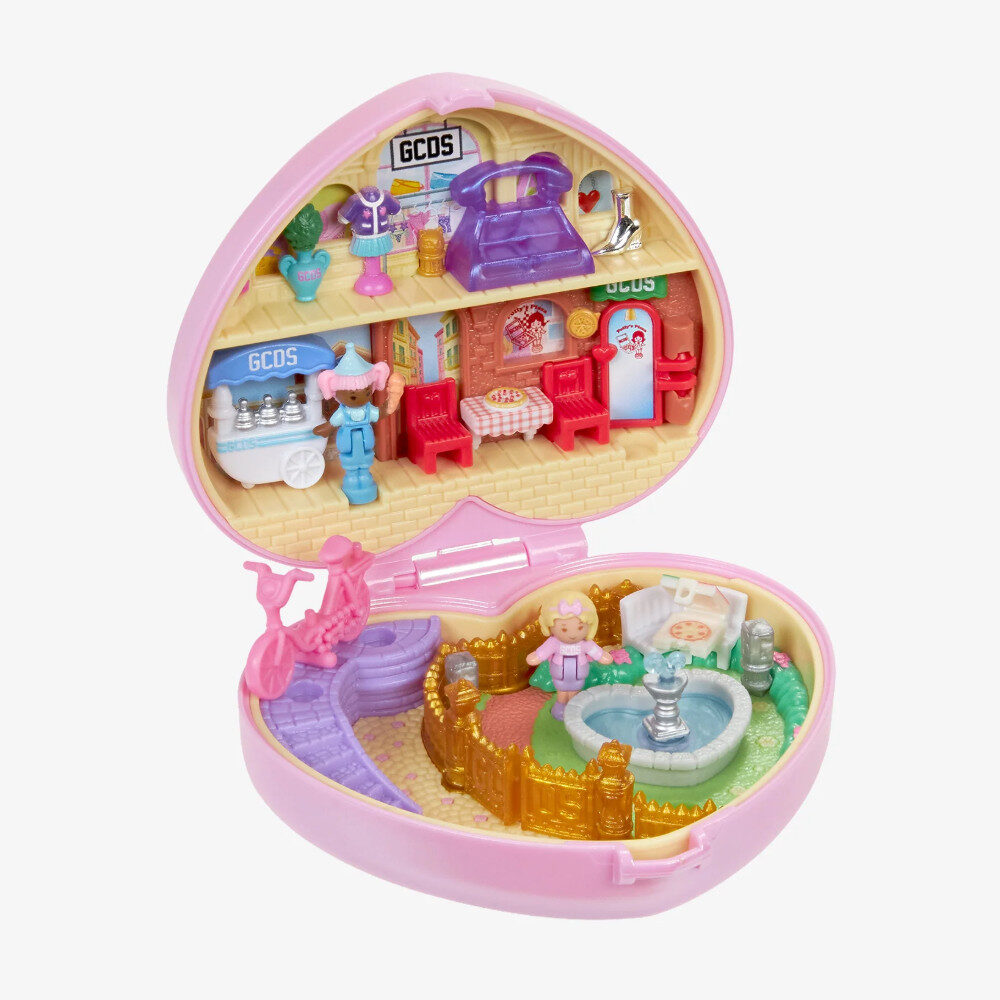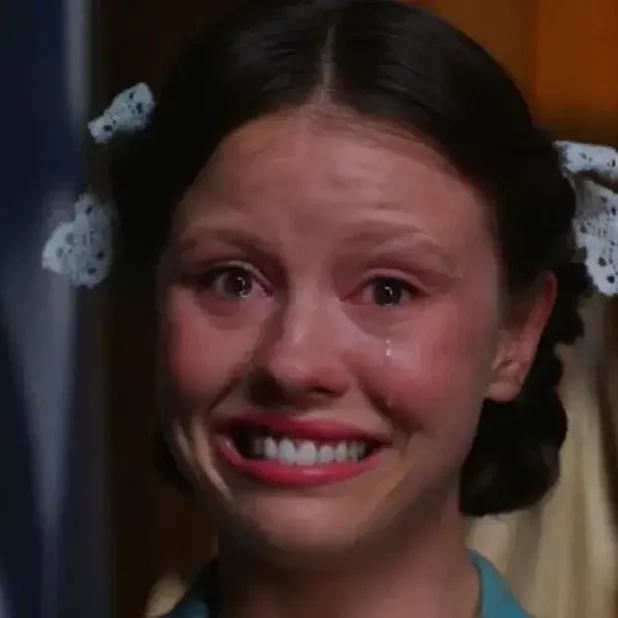
Inside The Face at the National Portrait Gallery
While everyone’s busy chasing nostalgia, The Face exhibition reminds us that the real magic was in its chaotic, collaborative spirit — part fashion shoot, part cultural time bomb.
TEXT
From low-poly Lara Croft to club maps and Britpop chaos, The Face: Culture Shift exhibition unpacks the mag’s messier, more experimental moments beyond the iconic covers.
Over here at G.URL World, we obviously love print media, and in a culture where content is increasingly being digitalised, G.URL is part of an ever-growing movement to revive the glossy pages of print magazines. So, when I saw that The Face had an exhibition celebrating their history over at the National Portrait Gallery, I knew I had to visit. Armed with a couple of friends and our £5 tickets (for under 25s on Friday to Sunday, don’t miss out!), we headed into The Face Magazine: Culture Shift, a curation that couple’s nostalgia from the 80s, 90s and 2000s with the resurrection of print media in our digital age.
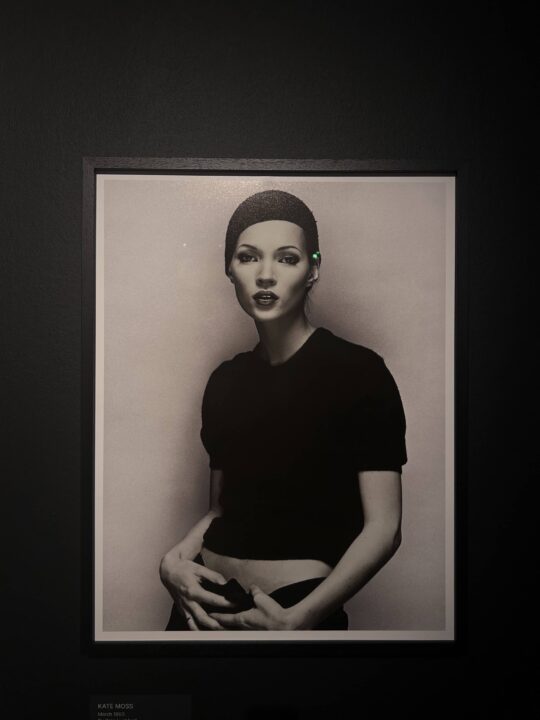
Celebrating the work of over 80 photographers since The Face’s first issue in May 1980, the exhibition starts with a wall-to-wall showcase of previous covers from every past era: although the magazine has shaped these cultural narratives, its aesthetic has equally been defined by these moments in time. Soundtracked to Britpop, the faces of musical icons and modelling superiority (including an incredibly young Kate Moss) stared back, echoing a time where the magazine launched the careers of British creatives.
For those who featured on the cover as well as the photographers and stylists behind the shoots, the look of The Face was continually redefined, and careers flourished in this space of print media that encouraged artists to be disruptive and experimental. One of my favourite covers from the exhibition is an edition from June 1997 that features a low-poly Lara Croft, championing “silicon chick” in all its glory; on the cover, seen in her iconic khaki shorts and crop top, Lara Croft was styled by Alexander McQueen and Tom Ford whilst he was working at Gucci. After being styled, Lara was then rendered in 3D by the game company Core Design, a virtual fashion shoot that echoes the experimental nature of The Face.
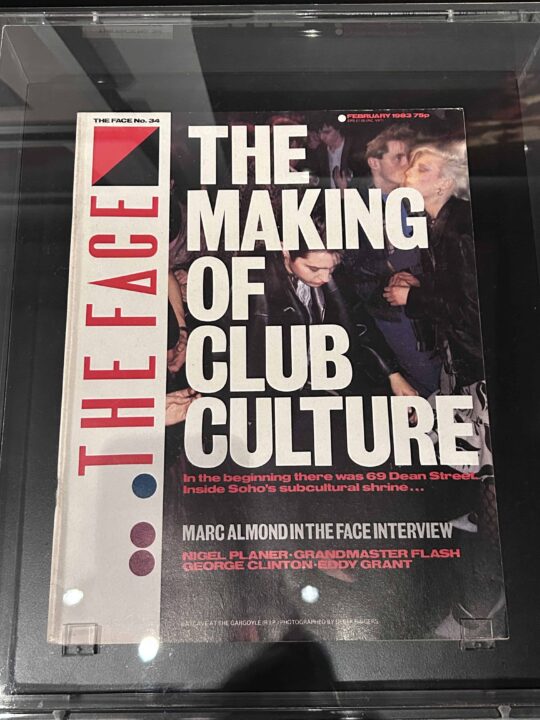
Curated by Sabina Jaskot-Gill, the senior curator of photography at the National Portrait Gallery, as well as former art director of The Face Lee Swillingham from 1992 to 1999, and finally, Nobert Schoerner, a photographer whose work was regularly featured in the magazine in the 90s and 2000s, the exhibit not only celebrates print media but also the club culture that had an undeniable influence on the publication. As art director of The Face from 1981 to 1986, Neville Brody, puts it:
“Soho back then was an amazing community of clubbers, actors, fashion designers, architects, musicians and filmmakers. The Face was a magazine for that community by that community, but its influence went way beyond”.
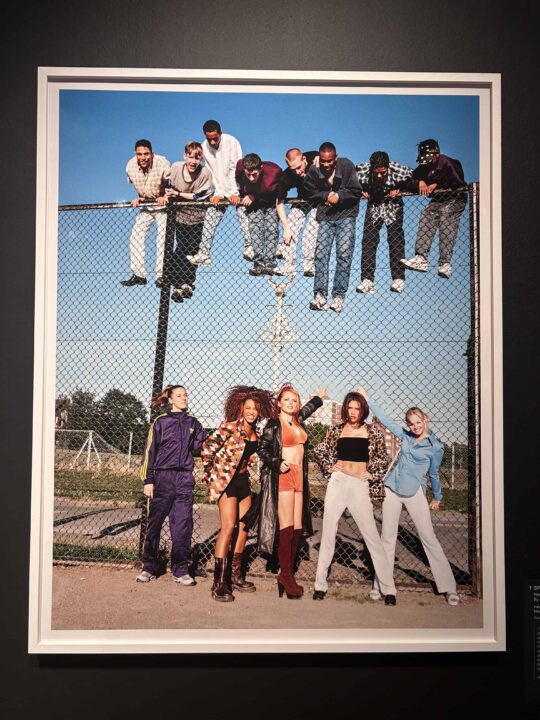
The exhibition explores this impact of club culture further with a map of sorts detailing the chronology of clubbing; legendary spaces like gothic club Batcave, and even clubs still up and running today like Heaven, among countless others, are all laid out in an entanglement of time periods for the audience’s viewing pleasure.
To quote one of the most prominent photographers featured in the magazine, where Vogue stood for “high society” The Face “stood for a culture that was at large in clubs and the music scene, bolstered by the attitude of journalism which was defiantly in opposition to the mainstream”. This focus on not just club culture, but the musicians who helped define the magazine well into the 90s carried through as I ventured further into the exhibit. Photos of Robbie Williams, Blur, Pulp’s Jarvis Cocker, the Spice Girls and Oasis’s Liam Gallagher permeated the photography of The Face, capturing Britpop in its full vibrancy, a period where the readership for The Face was also at its highest.
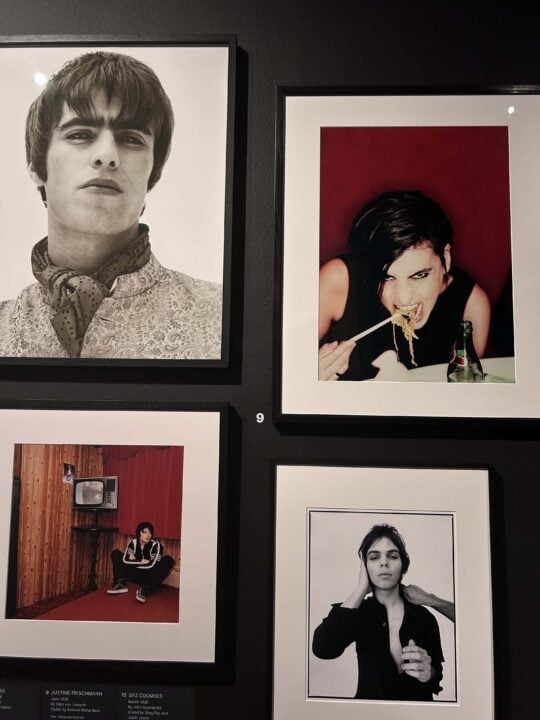
My favourite piece from this era is in The Face’s October 1996 issue, which features a photo of the Spice Girls in East London by Andreas Bleckmann, who not only captured the band but a group of boys who climbed up onto the fence behind them, creating a unique composition that encapsulates the magazine’s constant pushing of boundaries.
As The Face moved into the early 2000s, audiences were quickly moving over to the internet, drastically changing how content, images and information were shared, and consequently how print culture was consumed. In 2004, The Face ceased publication, only to be relaunched 15 years later in 2019, becoming a monumental part in the revival of print media. Since then, The Face has continued its main aims, to be disruptive but to also capture its cultural moment, featuring cover stars like Charli XCX, Chappell Roan, Madeline Argy, Little Simz and even 2024’s model of the year Alex Consani, constantly in tune with the Gen Z zeitgeist.
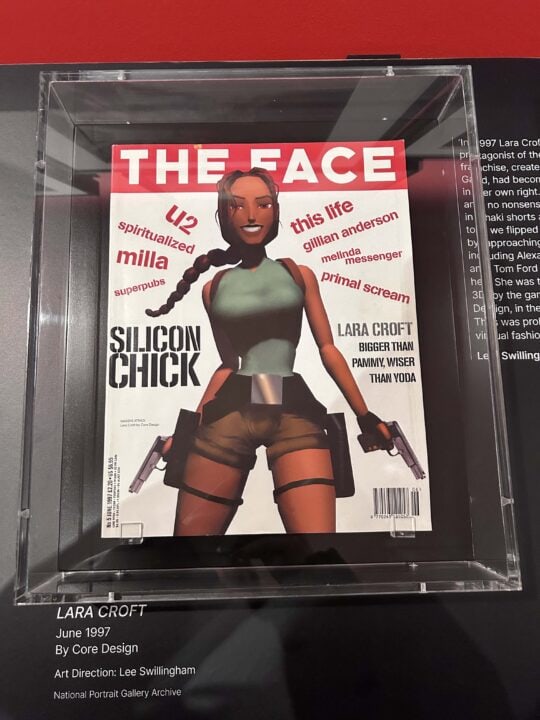
Running until the 18th of May, I’d highly encourage all lovers of fashion, photography, print media, nostalgia, or simply, Kate Moss, to take a visit down to the National Portrait Gallery for the afternoon. Although the non-discounted price for the curation is a whopping £23, the exhibit is a collage of creatives who constantly redefine their own limits, and a reminder for audiences to invest their energy into print media: which, by reading this article and supporting G.URL Online, you dear reader, are doing right now.
From low-poly Lara Croft to club maps and Britpop chaos, The Face: Culture Shift exhibition unpacks the mag’s messier, more experimental moments beyond the iconic covers.
Over here at G.URL World, we obviously love print media, and in a culture where content is increasingly being digitalised, G.URL is part of an ever-growing movement to revive the glossy pages of print magazines. So, when I saw that The Face had an exhibition celebrating their history over at the National Portrait Gallery, I knew I had to visit. Armed with a couple of friends and our £5 tickets (for under 25s on Friday to Sunday, don’t miss out!), we headed into The Face Magazine: Culture Shift, a curation that couple’s nostalgia from the 80s, 90s and 2000s with the resurrection of print media in our digital age.

Celebrating the work of over 80 photographers since The Face’s first issue in May 1980, the exhibition starts with a wall-to-wall showcase of previous covers from every past era: although the magazine has shaped these cultural narratives, its aesthetic has equally been defined by these moments in time. Soundtracked to Britpop, the faces of musical icons and modelling superiority (including an incredibly young Kate Moss) stared back, echoing a time where the magazine launched the careers of British creatives.
For those who featured on the cover as well as the photographers and stylists behind the shoots, the look of The Face was continually redefined, and careers flourished in this space of print media that encouraged artists to be disruptive and experimental. One of my favourite covers from the exhibition is an edition from June 1997 that features a low-poly Lara Croft, championing “silicon chick” in all its glory; on the cover, seen in her iconic khaki shorts and crop top, Lara Croft was styled by Alexander McQueen and Tom Ford whilst he was working at Gucci. After being styled, Lara was then rendered in 3D by the game company Core Design, a virtual fashion shoot that echoes the experimental nature of The Face.

Curated by Sabina Jaskot-Gill, the senior curator of photography at the National Portrait Gallery, as well as former art director of The Face Lee Swillingham from 1992 to 1999, and finally, Nobert Schoerner, a photographer whose work was regularly featured in the magazine in the 90s and 2000s, the exhibit not only celebrates print media but also the club culture that had an undeniable influence on the publication. As art director of The Face from 1981 to 1986, Neville Brody, puts it:
“Soho back then was an amazing community of clubbers, actors, fashion designers, architects, musicians and filmmakers. The Face was a magazine for that community by that community, but its influence went way beyond”.

The exhibition explores this impact of club culture further with a map of sorts detailing the chronology of clubbing; legendary spaces like gothic club Batcave, and even clubs still up and running today like Heaven, among countless others, are all laid out in an entanglement of time periods for the audience’s viewing pleasure.
To quote one of the most prominent photographers featured in the magazine, where Vogue stood for “high society” The Face “stood for a culture that was at large in clubs and the music scene, bolstered by the attitude of journalism which was defiantly in opposition to the mainstream”. This focus on not just club culture, but the musicians who helped define the magazine well into the 90s carried through as I ventured further into the exhibit. Photos of Robbie Williams, Blur, Pulp’s Jarvis Cocker, the Spice Girls and Oasis’s Liam Gallagher permeated the photography of The Face, capturing Britpop in its full vibrancy, a period where the readership for The Face was also at its highest.

My favourite piece from this era is in The Face’s October 1996 issue, which features a photo of the Spice Girls in East London by Andreas Bleckmann, who not only captured the band but a group of boys who climbed up onto the fence behind them, creating a unique composition that encapsulates the magazine’s constant pushing of boundaries.
As The Face moved into the early 2000s, audiences were quickly moving over to the internet, drastically changing how content, images and information were shared, and consequently how print culture was consumed. In 2004, The Face ceased publication, only to be relaunched 15 years later in 2019, becoming a monumental part in the revival of print media. Since then, The Face has continued its main aims, to be disruptive but to also capture its cultural moment, featuring cover stars like Charli XCX, Chappell Roan, Madeline Argy, Little Simz and even 2024’s model of the year Alex Consani, constantly in tune with the Gen Z zeitgeist.

Running until the 18th of May, I’d highly encourage all lovers of fashion, photography, print media, nostalgia, or simply, Kate Moss, to take a visit down to the National Portrait Gallery for the afternoon. Although the non-discounted price for the curation is a whopping £23, the exhibit is a collage of creatives who constantly redefine their own limits, and a reminder for audiences to invest their energy into print media: which, by reading this article and supporting G.URL Online, you dear reader, are doing right now.

Enjoyed this story? Support independent gaming and online news by purchasing the latest issue of G.URL. Unlock exclusive content, interviews, and features that celebrate feminine creatives. Get your copy of the physical or digital magazine today!

